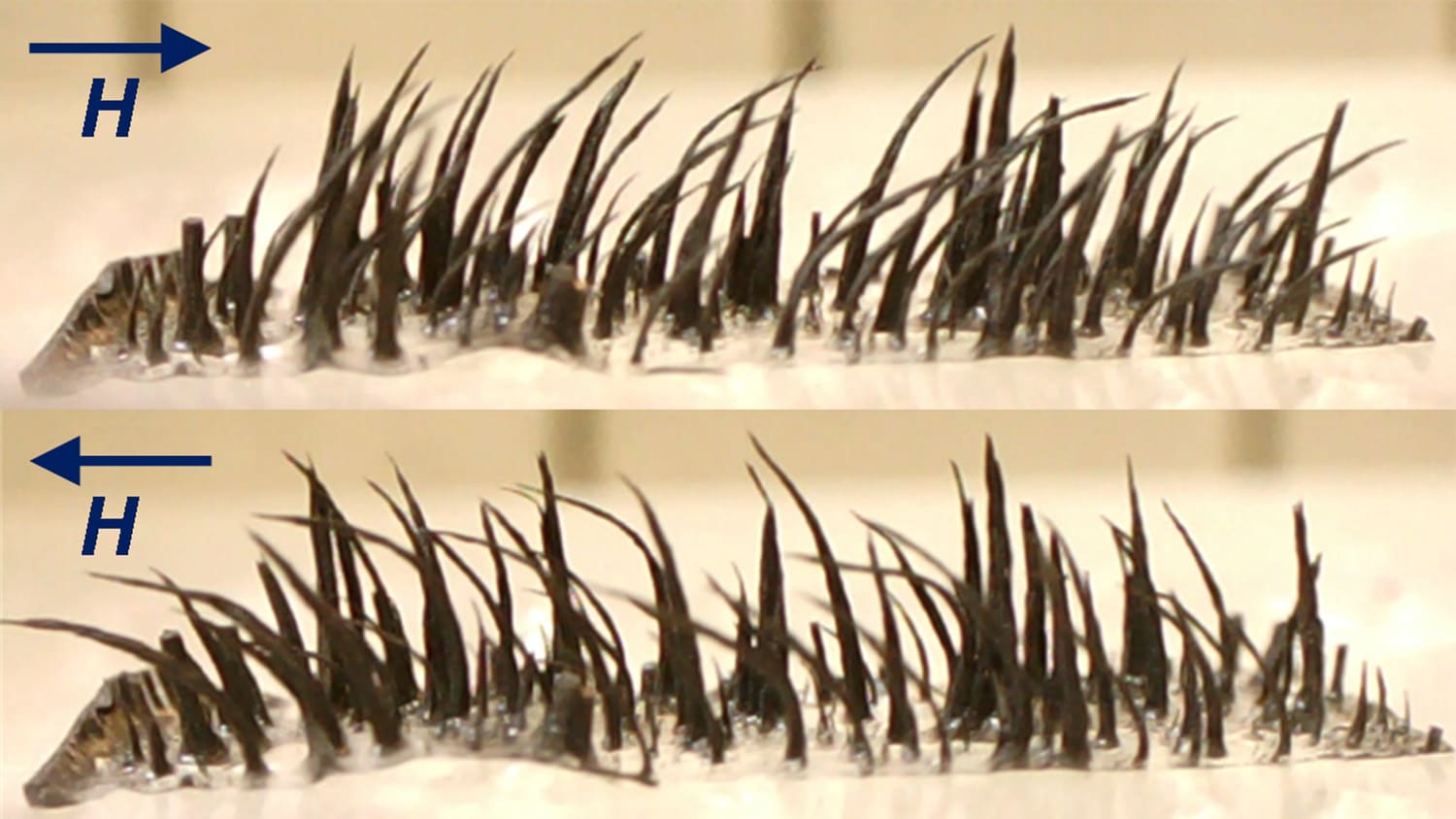Grad Student Building Wooden Car
North Carolina State University student Joe Harmon is designing and building a concept car almost entirely out of wood for his graduate project in industrial design. The supercharged two-seater – dubbed “the Splinter” – will make its debut at the International Woodworking Fair in Atlanta on Aug. 20.
The high-performance supercar will weigh about as much as a Mini-Cooper but will have the power and performance of a Ferrari, Harmon says. He is building the car in the garage of his Durham home with the help of fellow students, friends and neighbors.
“I want to show that you can make something really fast and really strong out of wood and that wood isn’t an old and antiquated low-technology material,” Harmon says. “Wood has its pros and cons, just like every other material does.”
Although he’s heard from a few skeptics, Harmon insists the project is doable, if not practical.
“Practicality is a minor deal,” he says. “I don’t know how many 700-horsepower supercars are practical. It’s about style and performance and this car will have all that in spades. This car will not be a grocery getter.”
The car will have many of the features you’d expect in a high-performance sports car, including a modified Cadillac Northstar 4.6 liter V-8 engine, twin superchargers, rack-and-pinion steering, anti-roll bar, and rear-wheel drive. Harmon estimates it will be capable of hitting between 220 and 240 miles per hour.
To keep the weight down to 2,500 lbs., Harmon is using wood composite materials that are molded into various shapes with a vacuum. This process allows Harmon to combine sheets of paper-thin wood veneer to create the body panels and other parts to exact specifications. High-quality woods, like cherry and ash, will be used for the polished top layer; low-cost woods will be used underneath.
“The whole side of the car is one mold,” Harmon says. “We’ll likely lay that up as one piece of wood and cut the door out of that and match the grain going down the side.”
Other parts aren’t so easy to make. The suspension system, for example, presented a challenge at first, and the team almost opted to use metal.
“We talked about it and decided that a leaf spring was nothing more than a bigger, stiffer version of a longbow, so we researched bow making and came upon a wood called Osage orange,” Harmon says. “It’s the strongest wood found in North America, and it has properties that make it excellent for use in longbows.”
Harmon is proud of the many innovations he and his team developed in designing the car. In addition to the novel suspension system, they developed a unique muffler and exhaust system to vent super-heated air out of the top of the car, and an innovative seating design to make room for the engine behind the driver, in the middle of the car.
Harmon’s graduate school advisor, Associate Professor Bong Il Jin, developed production and concept cars at Kia Motor Company and was chief designer at Daewoo Motors before joining the faculty at NC State in 2000. Harmon decided to enroll as an undergraduate at NC State after touring the campus and meeting Jin.
After he graduates in May, Harmon hopes his master’s degree in industrial design, combined with the skills he’s developed over hundreds of hours working on his graduate project, will translate into a successful career in automotive design.
Harmon maintains a Web site with photos, sketches, and information about the project as well as a weblog with daily entries about his progress during construction.
– hunt –
- Categories:


